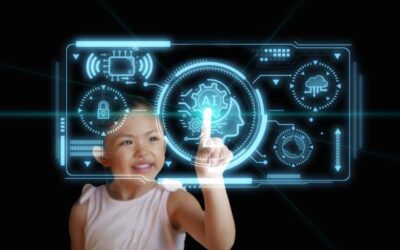
Generative AI Could Completely Change GCSEs and A-Levels, Experts Warn
Students might soon face a very different exam experience as generative artificial intelligence (AI) reshapes how they learn and are tested. Oral assessments, tighter exam security, and faster marking are all on the table as AI becomes a core skill for the next generation. As GCSE students collected their results this week, mostly after taking…

